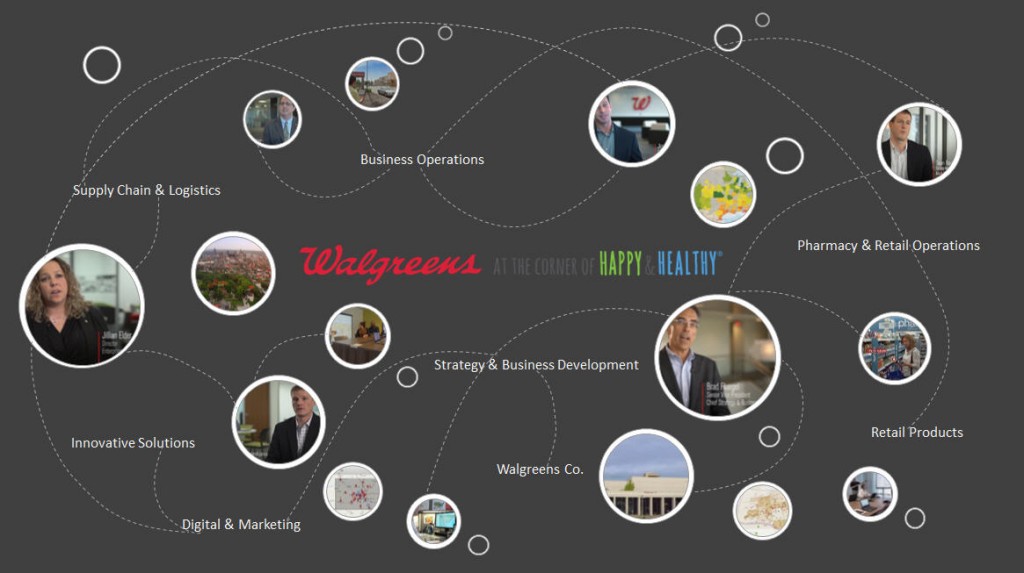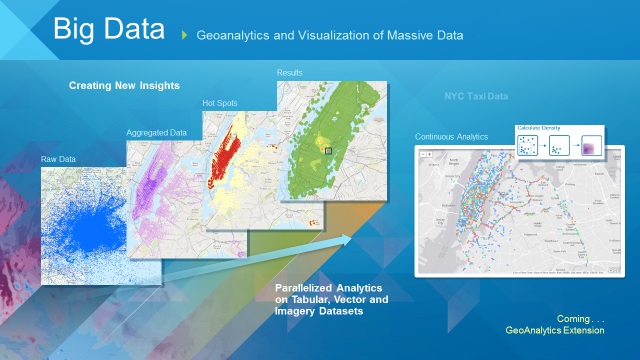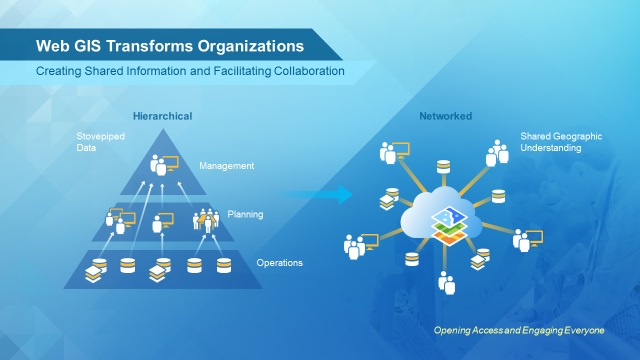It has been said many times that every 21st century dataset contains location. Geoenabled databases and systems exist everywhere in business, government, and society. But somehow we are still missing the value of that location data.
In my role as a marketing director at Esri, I meet a lot of people. Usually, they fall into two camps: those who’ve been enjoying the benefits of this GIS technology for decades and those who are new to the world of spatial data, analysis, and GIS.

One of the questions I’m often asked is, What’s the difference between a location strategy and a GIS strategy? The two are close cousins. While a GIS strategy many times refers to the implementation of systems and technology, I see a location strategy as implementing the business of using and understanding location data across an organization. Let me explain.
A GIS Strategy
GIS has a four decade history of enabling companies, universities, and governments around the world to capture, manage, and share location data and analysis. It has evolved through that time just as computing has evolved – from the mainframe to today’s cloud implementation.
Throughout that time, GIS has supported geo- or spatially- centric workflows and activities by allowing organizations to maximize operational efficiencies, enhance activities, and improve decision making relying on GIS-based products, data and applications. GIS is a highly valuable and incredibly important part of many organizations. It has transformed insight and collaboration as technology has become easier to use and GIS outputs are shared more widely with a larger, more engaged audience.
A Location Strategy
Maps are everywhere in business, but they often come from different sources. Companies use certain tools to route and track assets and people and other tools to locate and analyze market opportunity. Location related data streams as varied as customer loyalty card information and social media streams enter organizations and disappear into silos, where the vital context of geography is often times stripped off and lost.

The Tale of the Yellow Shirt
Let’s look at an example. Location can join up data silos (in this instance, location being the common element between an increase in sales of yellow shirts and positive Twitter feeds tied to the location of a particular store that is near a high school) and help users make new connections. Brand awareness, social endorsement, or a sports team’s winning performance, all shared on social media is driving people to purchase that increasingly popular shirt, and it is now flying off the shelves. Better stock up or, if you’re a competitor, get in on the game. I hear hoodies and caps are also starting to move.

Bringing Two Worlds Together
A location strategy brings two worlds – a system of engagement (for those who use the technology) and a system of record (authentic data supported by documented workflows and analysis) into one platform. It is a business strategy that might require some organizations to think and act differently.
Getting your company to think differently might demand coming close to evangelization. Evangelization in the tech industry is nothing new. What makes evangelizing about a location strategy so exciting at Esri, however, is that everything any organization needs to make such a strategy a reality can be found in the ArcGIS platform.

There are simple extract, transform, and load connectors for data that are useful for full business intelligence integrations. Want to create a specialized link? Robust APIs already exist for that specific purpose, plus ready-to-use browser and native mobile apps and HTML5 templates. There is even an ever expanding catalog of Esri-curated and user volunteered maps that can be plugged right into business workflows with little or no modification.
Don’t doubt your ability to do this in your own business. Take a look at the hundreds of use cases and examples of organizations that have started on this journey here. Need help? Let’s connect. We are here to help put your business, and much more in context, on the map.
insider